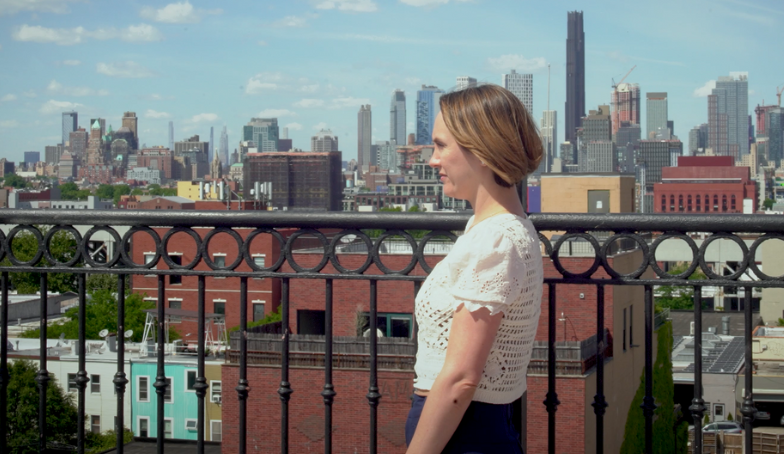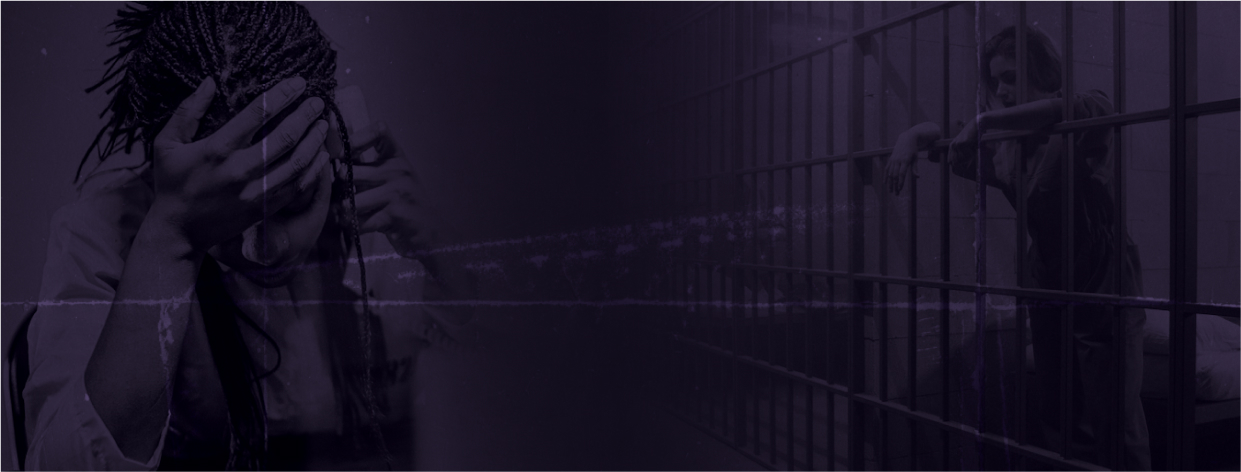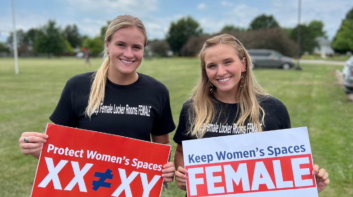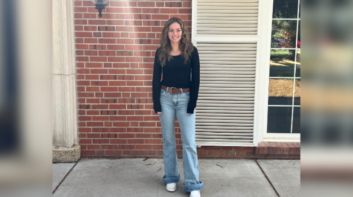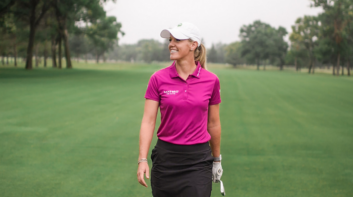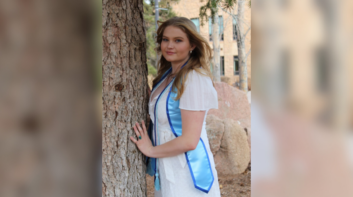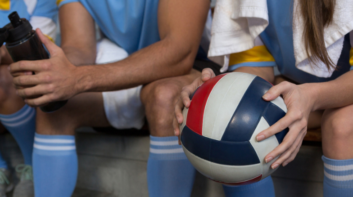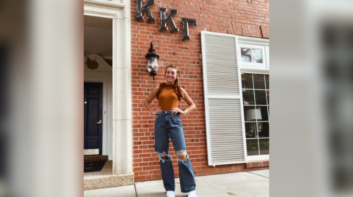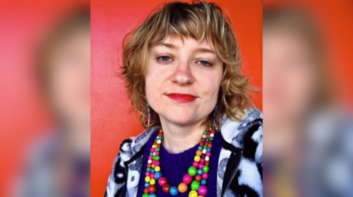Irina Edelstein was picking her three kids up from school in Brooklyn, New York, when she was handed an informational flier with shocking news: a 400-bed, male-only migrant shelter would be opening just steps away from the K-12 school building — and the students inside.
Edelstein wasn’t the only one blindsided by the impending presence of a migrant shelter within a thousand feet of City Life Academy, a private, classical Christian school. City Life Academy’s own principal, Jeffrey Reed, was not informed of the city’s plans, which he learned had been in the works for nearly a year when word of them got out.
Edelstein and Reed spoke to IW Features about their concerns — not just with the migrant shelter itself, but with the secretive way in which New York officials implemented this decision with seemingly little input from or regard for the neighborhood’s families.
After similarly learning about the shelter from an informational flier, Reed offered up City Life Academy’s auditorium in March for a community meeting that a neighborhood association wanted to host with Brooklyn officials and representatives from BHRAGS Home Care, the soon-to-be operators of the Gowanus shelter.
Edelstein said it felt as though the whole neighborhood showed up.
“It was a standing room only, and the place was filled with people from all walks of life: local janitor, family, Democrat, Republican, you name it,” she told IW Features.
Attendees, she added, wanted to understand why they were left in the dark about the city’s plans, when the shelter would open, and what safety measures were being made to protect the community.
But they were met with a lack of transparency from those in charge, with many questions left unanswered, including the shelter’s opening date and what safety protocols would be in place for City Life’s school children.
IW Features reached out to New York City’s 39th District Councilmember Shahana Hanif and BHRAGS Home Care, neither of whom replied to our request for comment.
Less than a month after the community meeting, the city opened the migrant shelter “without notifying the school at all,” Edelstein said. “We came back from spring break, the shelter was fully operated.”
City officials opened the 400-bed shelter in April to house a portion of the 200,000 migrants who have arrived in New York City over the past few years.
Edelstein is an immigrant herself and came from the former Soviet Union as a minor, but obtained citizenship legally and has lived in Brooklyn for two decades. She expressed sympathy toward the migrants’ situation, but also questioned New York’s haphazard approach to housing them.
“I know there are many newcomers who are here to start a better life,” she said, “But it only takes one person to do something stupid for everybody to regret this decision… and that’s the chance I don’t want to take.”
Edelstein isn’t alone. Many New Yorkers have raised concerns with the city’s sanctuary city immigration policies, including its right-to-shelter law, which has resulted in similar “emergency” shelters being opened across the city — in hotels, school gymnasiums, and local parks. Mayor Eric Adams even considered creating a migrant tent city in Central Park.
The city has circumvented several regulations to create these migrant shelters, including zoning codes and environmental protocols. An association of Gowanus locals pointed this out in a lawsuit against the city, the owner of the Brooklyn shelter building, and BHRAGS, alleging the city failed to conduct an environmental review on the notoriously toxic superfund site and that it violated its own administrative codes for converting commercial and industrial buildings.
“They knew there would be pushback, and they knew if they had gone through the correct channels or the proper channels that [it] probably never would’ve opened,” Reed told IW Features. “Anytime somebody makes a decision like that in the dark, it’s rarely the correct decision to make.”
Public safety is, of course, a major concern for locals such as Edelstein and Reed, especially given the recent spike in crime in the city. According to the New York Police Department, arrests at the city’s homeless and migrant shelters doubled in 2024. One migrant shelter saw a 295% jump in arrests. Precincts near Brooklyn have seen a 50% increase in rape cases.
The city’s Department of Social Services said in a statement to the New York Post that “it is providing a secure and safe environment for the migrants in Gowanus, with round-the-clock security and a 24-hour open line for community feedback.”
Despite promises from local officials to maintain order, Edelstein cited numerous occasions where the increased presence of illegal migrants made her and her family feel unsafe.
For example, Edelstein said she was accosted by migrants at a gas station who were selling Apple products from a “huge duffle bag.”
And not too long ago, a family member of hers was walking to the office with a coworker when a moped with two people believed to be migrants drove up. One rider pushed the coworker to the ground, robbed him, and then they drove off with the coworker’s belongings. Brooklynites now have to worry about their purses and phones being snatched on a daily basis, said Edelstein.
Edelstein said she also regularly sees migrants panhandling at traffic intersections with sleeping children in tow. How the children remain asleep in the midst of busy traffic baffles Edelstein, a mom, and raises concern.
“As a mom of three kids, I know kids don’t sleep that much around a traffic area like that,” Edelstein said. “I mean, if they’re using, I don’t know, Benadryl to keep them asleep, that’s probably less harmful than anything else that my mind wanders into. I don’t want to think about what else could keep the kids asleep for so long.”
What’s more, another City Life parent informed Edelstein that she allegedly witnessed a migrant attempt to break into Edelstein’s car while she was picking up her children from school. Thankfully, neither Edelstein nor her children were in the car.
“If things don’t improve or get worse, honestly, I’ll probably apply for a license to carry,” Edelstein said, referring to a concealed firearm permit.
What makes this situation especially frustrating is that Edelstein moved into the neighborhood and transferred her three elementary school-aged children from the public school system to City Life Academy with the hope of providing them a better, safer education. She still believes she’s achieved that — but the shelter has given her new reasons to worry about her children’s well-being.
Even Reed, City Life Academy’s principal, has his own concerns about the environment his students have been forced into.
“Now you have all these migrants coming in, which, as a pastor, I would welcome; I want to go minister to them. As a principal, it scares me a lot, and for the sake of my kids,” Reed said.
Reed and the rest of City Life’s administration have been “very committed” to taking their own extra precautions, according to Edelstein. In addition to a tight security badge system, and “every square foot” of the school’s building covered by video surveillance (except for restrooms), Reed said that he enlisted a “system of dads,” or “Dad Days,” to help keep an eye on the school.
“I’ve asked them [parents], ‘Can you just come out here while school’s going on and just keep an eye down the street?’ And what happens is if we do see somebody, just the dad standing there causes the other people to just cross the street and avoid us,” he said.
During his time as a pastor, Reed said he has seen some migrants start attending his church. Two men he now “trusts implicitly” have become involved in the City Life Church community, and one was even baptized.
And while Reed believes a majority of the immigrants are well-meaning, he explained that some migrants have warned him that there are “bad players” in the shelter who are contributing to New York’s crime surge.
“What made this country great was the fact that it was nothing but immigrants, that we want people to come here, and we want them to have an amazing life,” Reed said. “But, if we don’t have strong borders and strong walls, nobody will have, not just an amazing life, but it’ll get pretty bad pretty quick.”
Edelstein agreed. “Many of these people who are here legally, they will make a life for themselves, they will be positive, good contributors for this country,” she said.“However, there is a difference between immigration and invasion.”
She continued, “People know it’s not safe. People see it’s not safe. And it shouldn’t be accepted as, ‘Oh, just part of it. This is the character.’ It’s not. Maybe there’s a lot of other crazy things, like a naked cowboy in Times Square, that’s a part of New York life, but looking out behind your shoulder when you’re walking any time of the day, that’s not part of New York life.”
Edelstein compared the current cultural climate in New York City to being in an abusive relationship, where the victim stays silent, thinking, “It’s going to get better.” But unless residents speak up and demand change from their city, she said, “nothing is going to change.”
With Reed’s reassurance, Edelstein said she’ll keep her children enrolled at City Life Academy. Unlike the city, the school has a plan in place and is taking significant steps to make sure its students remain the priority.
That seems to be a rarity these days. Edelstein and Reed both care deeply for their community — the place they’ve decided to make their home. But as the migrant crisis worsens, they, along with many New Yorkers, are wondering: How much longer will the city put their families’ well-being at risk?

